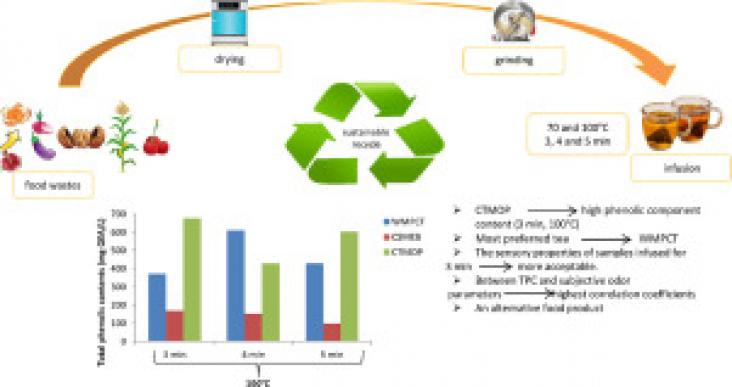Brewer's spent grain (BSG), a protein-rich agro-industrial by-product, was used to develop edible film. The effect of pH and protein concentration on the physical properties of films were studied. While high pH favors the increase in the protein film's solubility, with increased tensile strength, elongation at break, and puncture strength; swelling capacity, water activity, and water vapor permeability (WVP) decreased with increasing pH. Increased concentrations of protein in films resulted in enhanced moisture content, mechanical properties, and water activity. Furthermore, the transparency values of films were increased by increasing pH and decreased by increasing the protein concentration.
This Series paper supports SDG 3 and 11 by calculating spatial indicators of urban design and transport features that support health and sustainability for 25 diverse cities in 19 countries.
Providing affordable access to enough healthy and safe food for an ever-more-affluent and growing world population has become more challenging in the face of climate change, rising income inequality a
A Review on the association between agricultural food production and hunting practices and zoonotic disease outbreaks, in the context of SDGs 3, 12, and 15, highlighting the need to redesign the global food system to reduce the threat of future outbreaks.
There is clear evidence that lifestyle factors affect iron bioavailability. However, information regarding the effect of alcohol and caffeine consumption on iron metabolism is limited.
The plastic sector is hard to decarbonize due to the widespread use of fossil energy as raw materials and the complex value chains rooted across global markets. This Review article takes a synthesis of existing literature and discusses potential and challenges in deep decarbonizing the global plastic sector via the aspects of technology and governance.
Milk alternatives are compared from an environmental and nutritional point of view for more sustainable food systems.
Background: Human impacts on earth-system processes are overshooting several planetary boundaries, driving a crisis of ecological breakdown.
This paper focuses on limiting food waste by measuring consumers' willingness to eat aging produce.

This papers focuses on the reuse of food waste in tea for more sustainable food practices.
